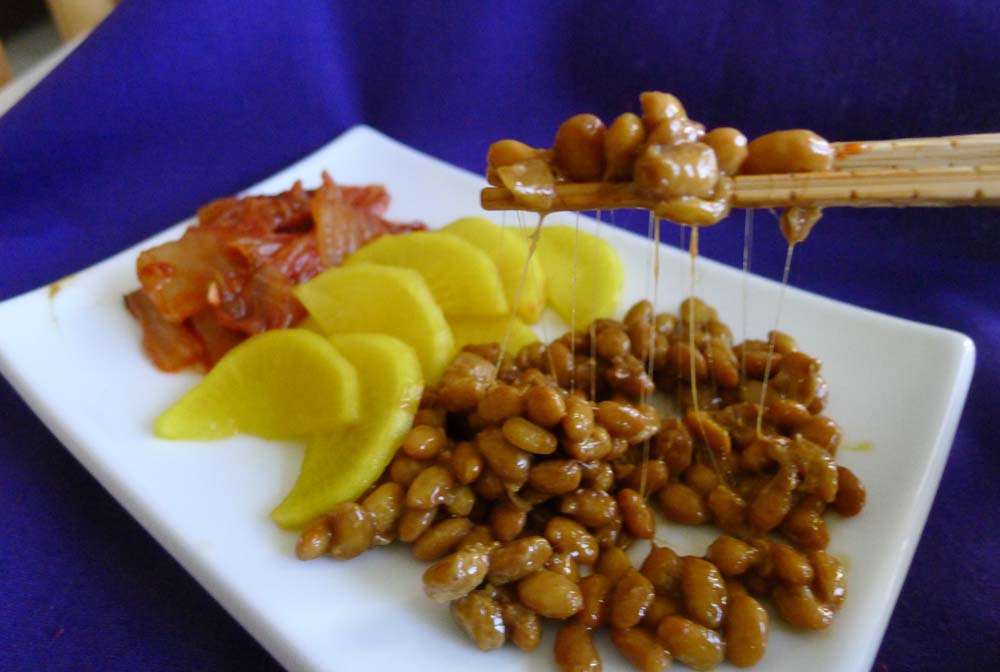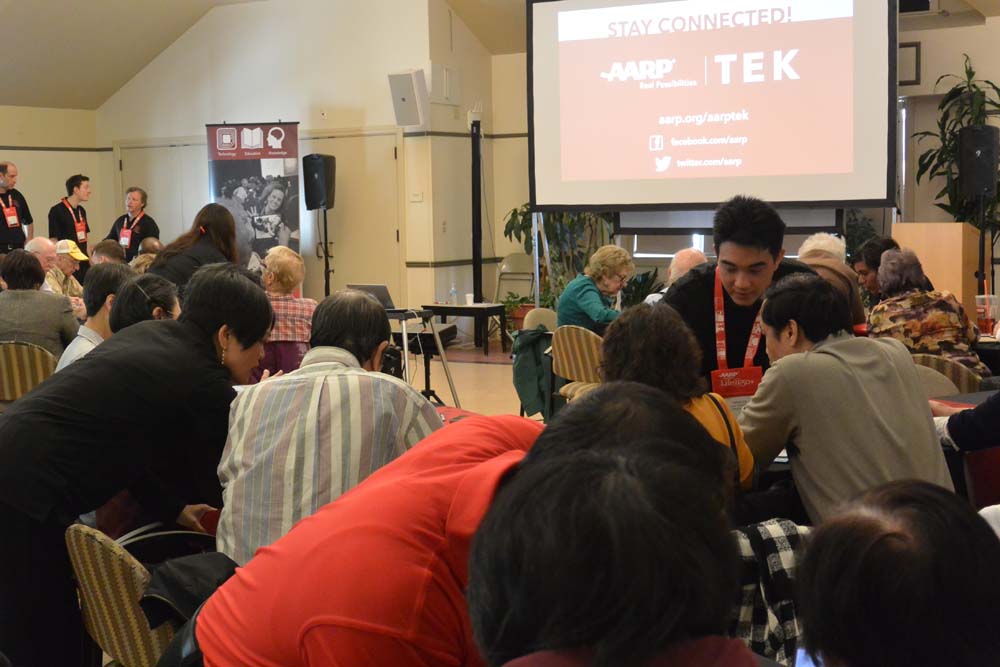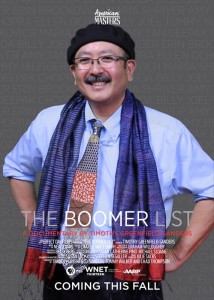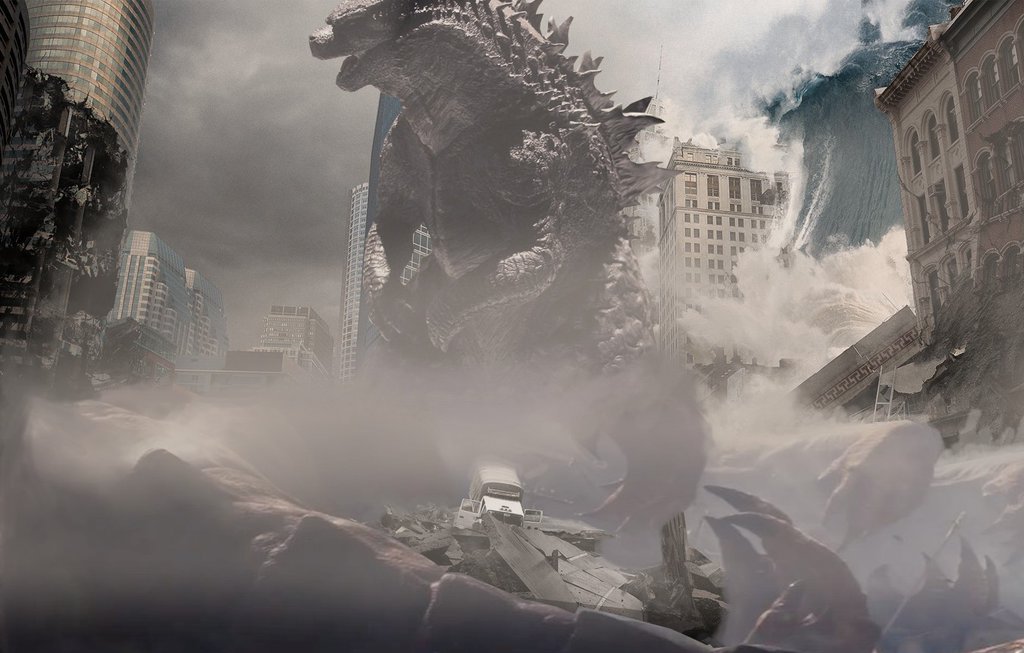I’m a foodie. Everyone knows this. I write about food, I take photos of food everywhere I dine, I love to cook, and I love food from everywhere. One of my personal rules has always been, if someone somewhere in the world eats something, I’m willing to try it… at least once.
So I’ve had chocolate covered ants. Fried grubs. The meat of some strange animals that you wouldn’t think humans ought to eat, like rattlesnake brats.
In a way, I was prepared for this gastronomic open-mindedness (open-stomachnes?) by growing up Japanese. I was raised in Japan until I was 8, but even lifelong Japanese Americans know what I mean when I say that Japanese cuisine — although hailed today as the epitome of high culture and is accepted as mainstream with commonplace dishes like sushi, ramen, tempura, sukiyaki and teriyaki – can feature some nasty stuff.
Foul-smelling, slimy and icky-textured. Food that’s best swallowed quickly, without chewing or thinking about. No savoring the flavor, just pop it in and send it down the chute.
A lot of people probably would disagree with me, but I feel that way about oysters. I think they’re gross. Keeping my personal rule in mind, I’ll eat them if I’m at a nice restaurant in a town like Boston, where oysters are de rigeur. But I won’t seek them out and suggest an oyster bar for a night out.
It’s ironic, then, that people who would slurp down an oyster at a moment’s notice would probably themselves grossed out at some things I love: Raw eggs mixed with soy sauce and drizzled on hot rice; natto (fermented soy beans) mixed with soy sauce and mixed with hot rice; crunchy takuan; oden, an odiferous winter stew.
Continue reading















